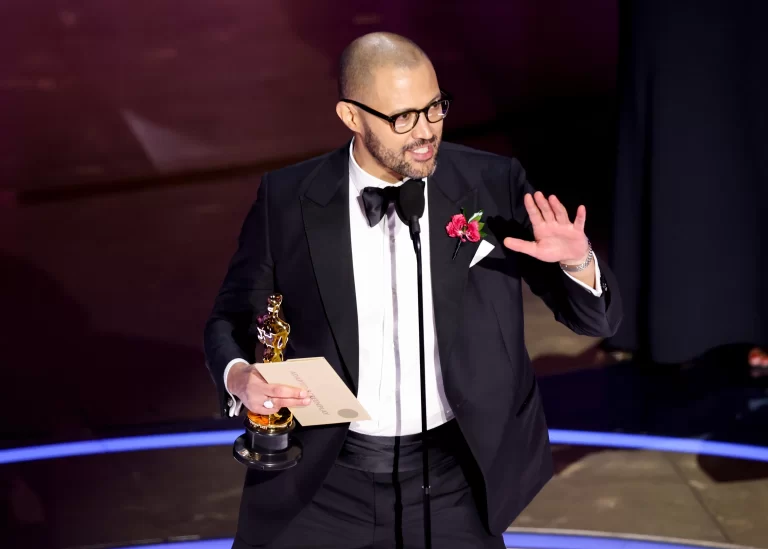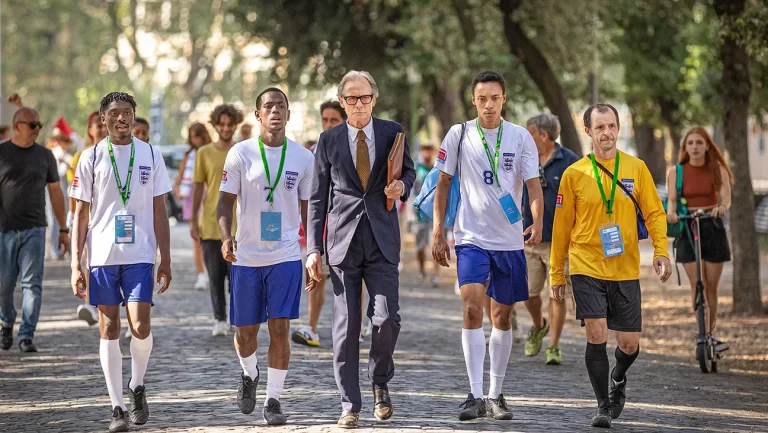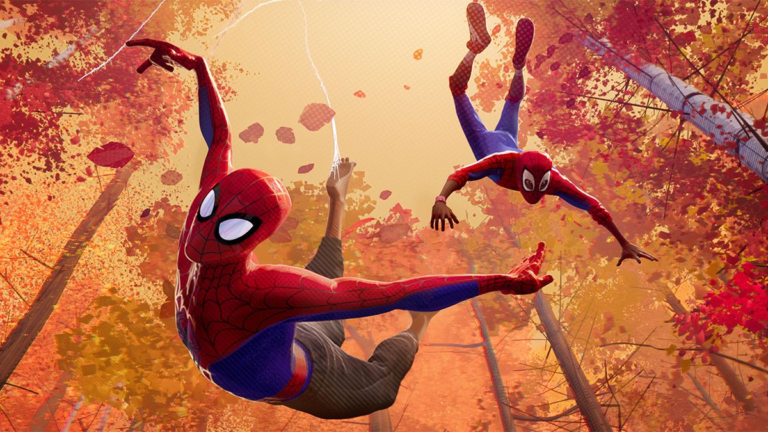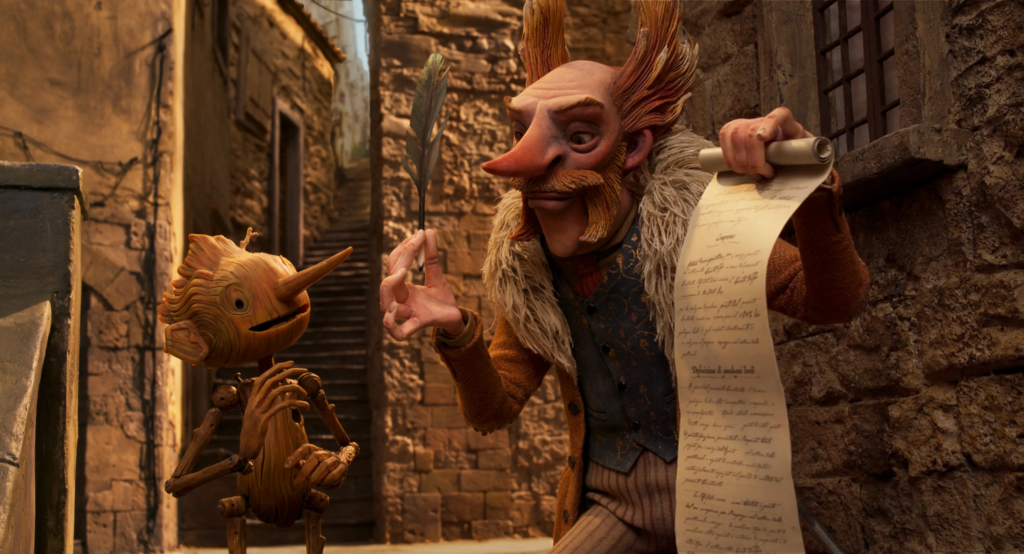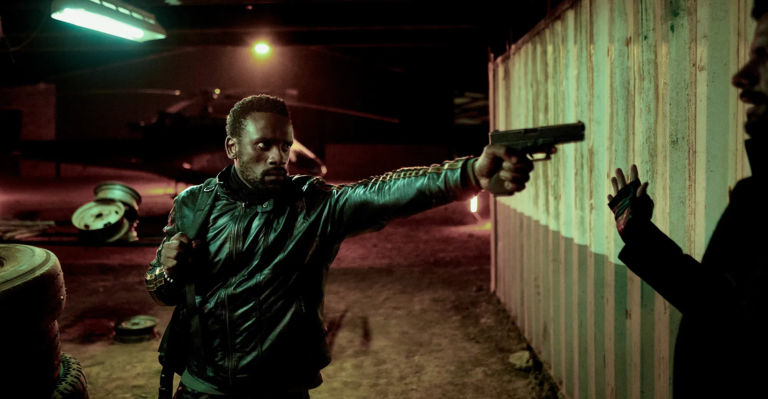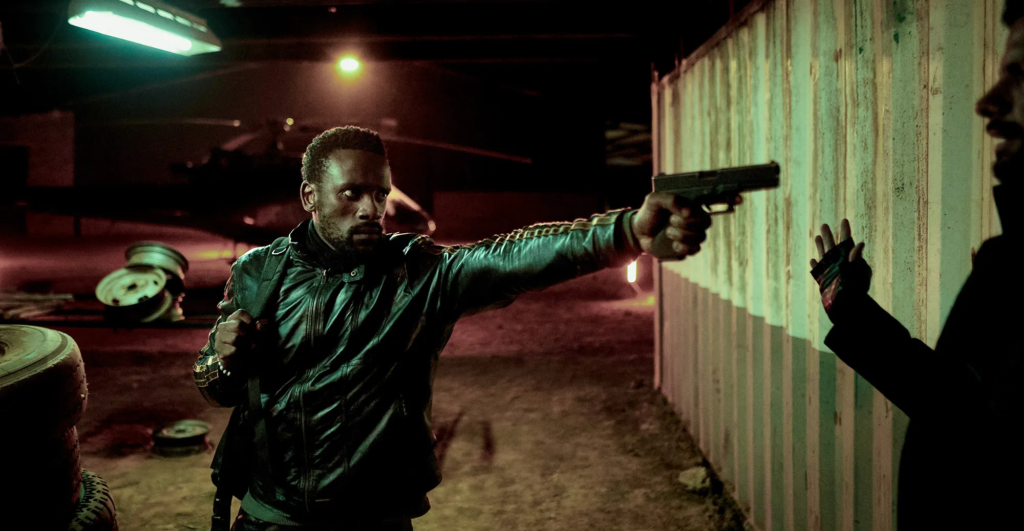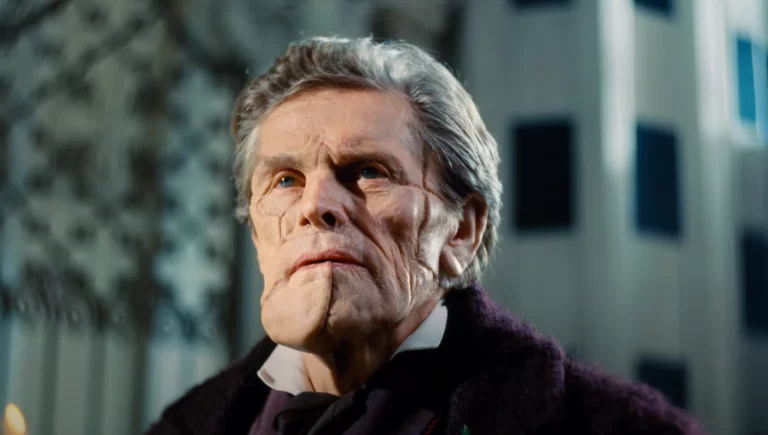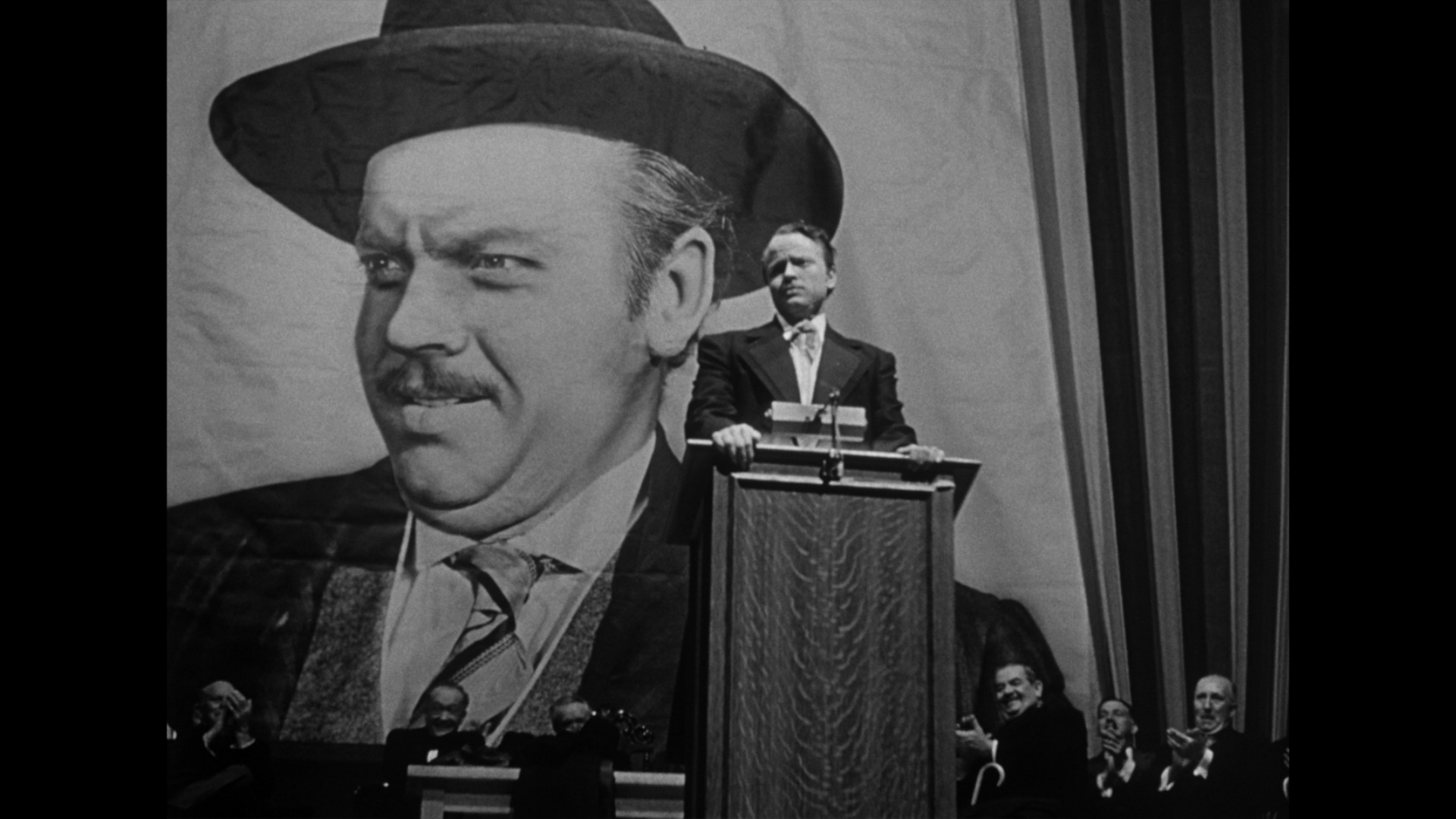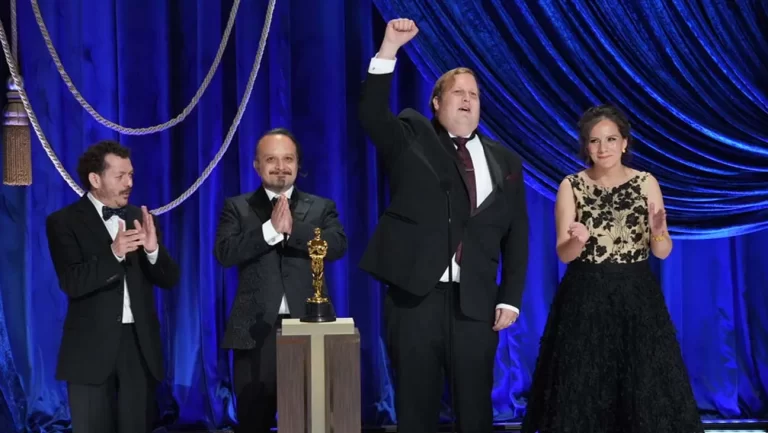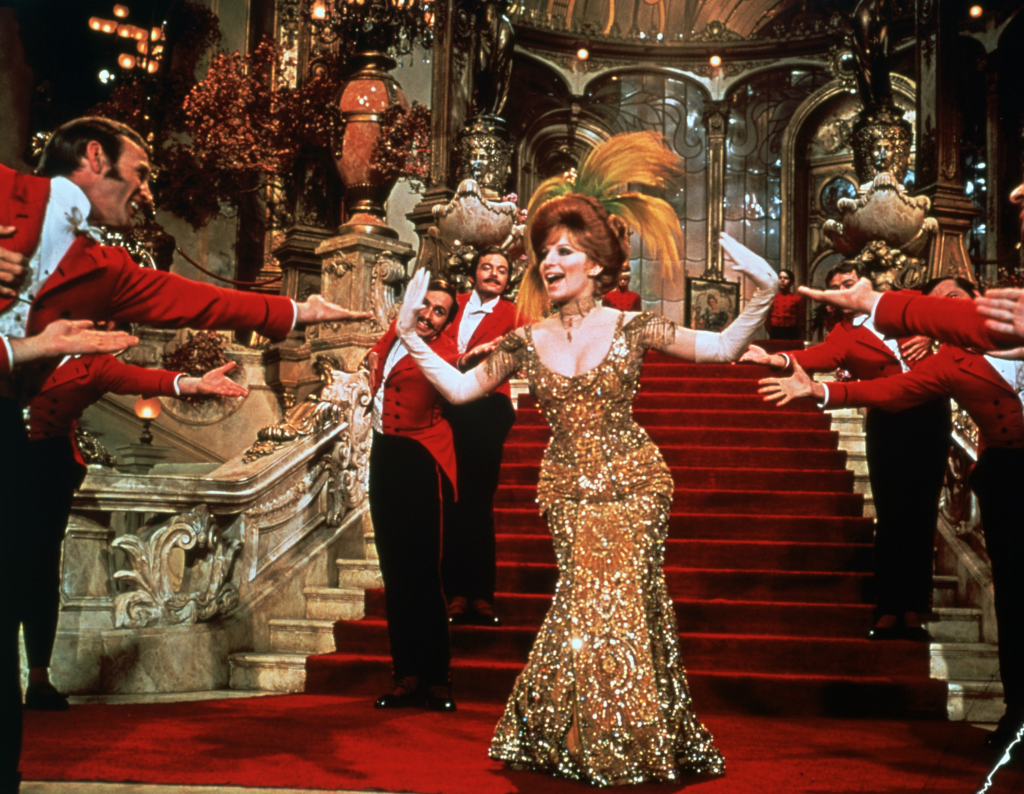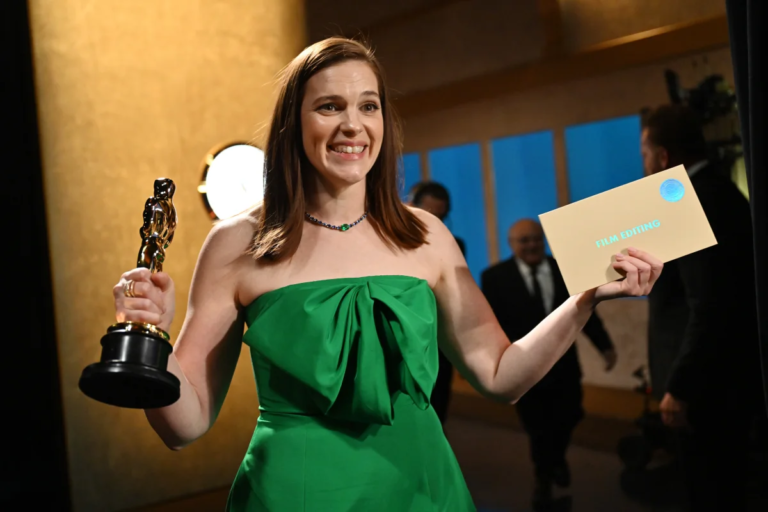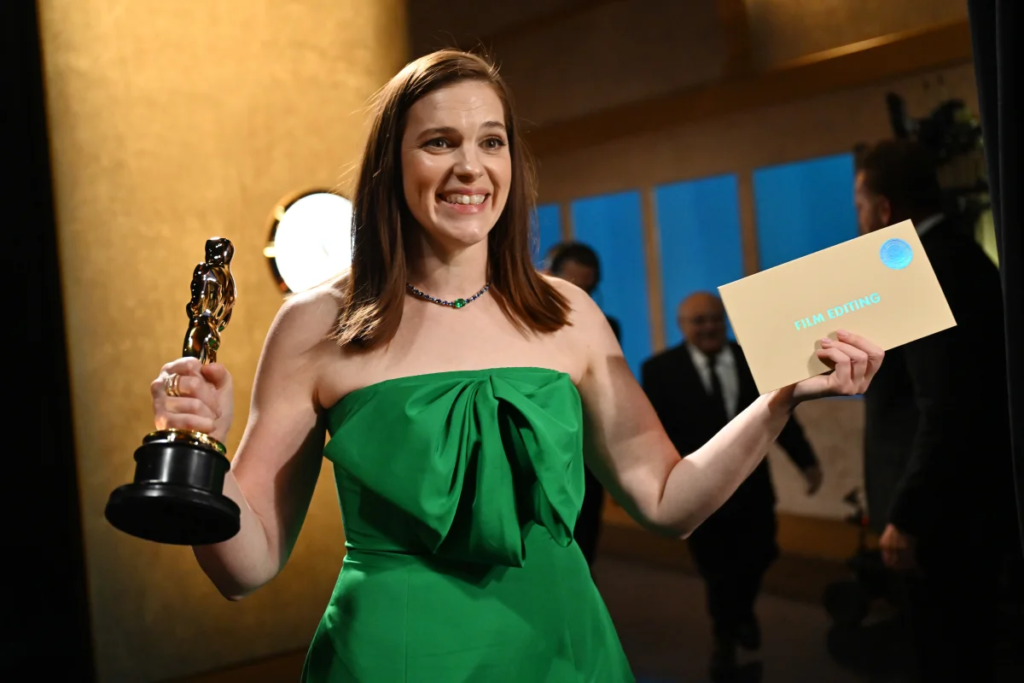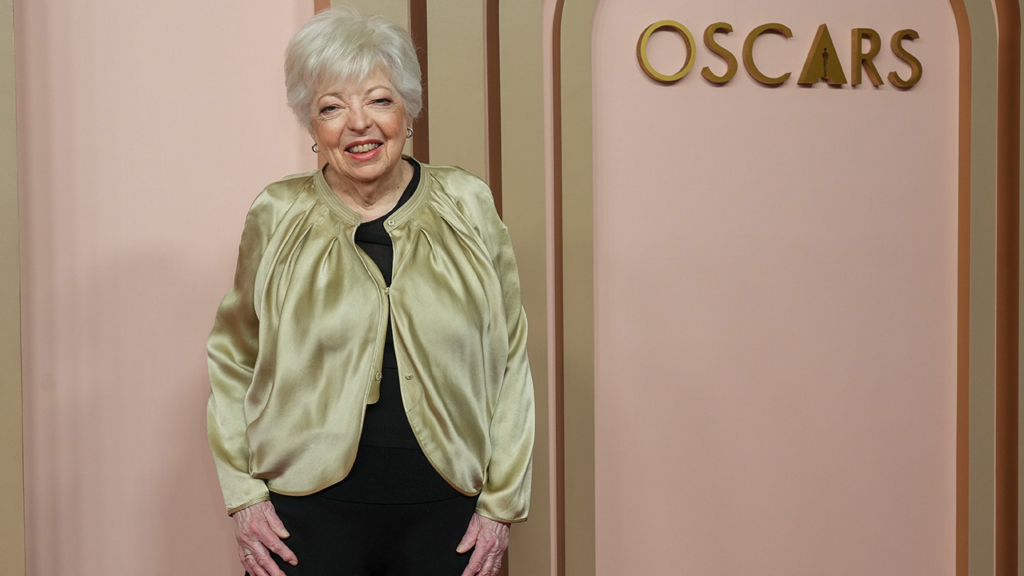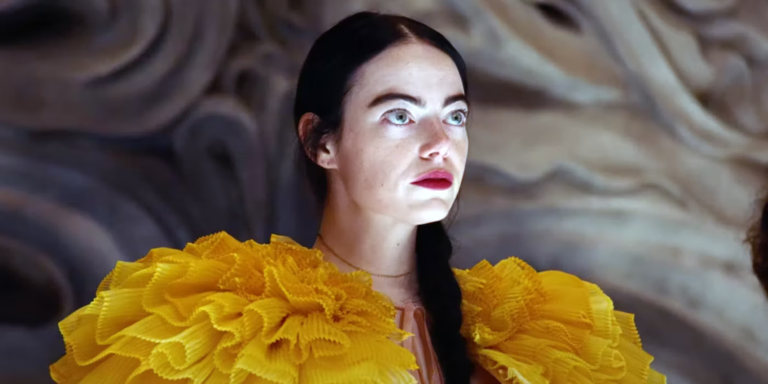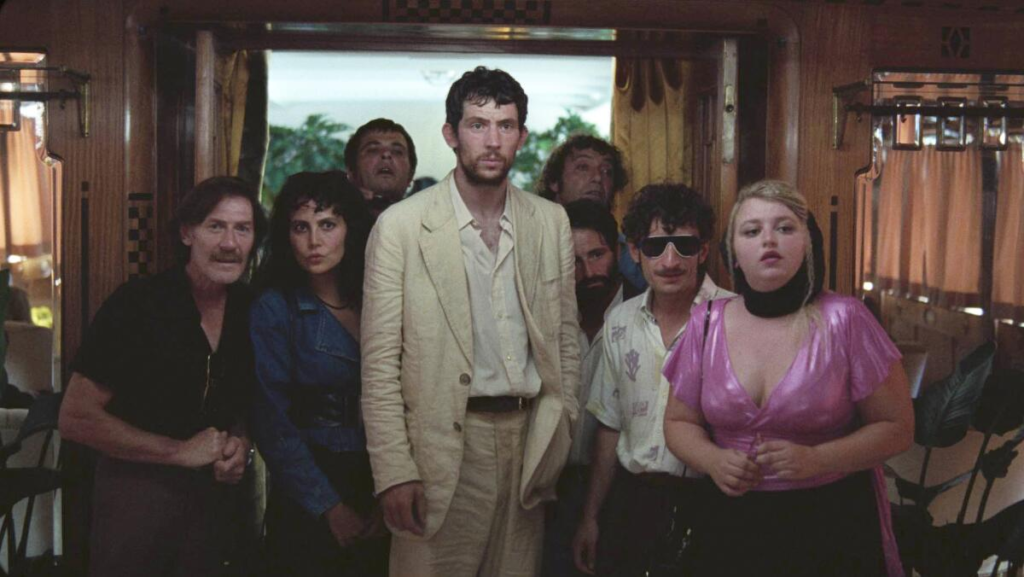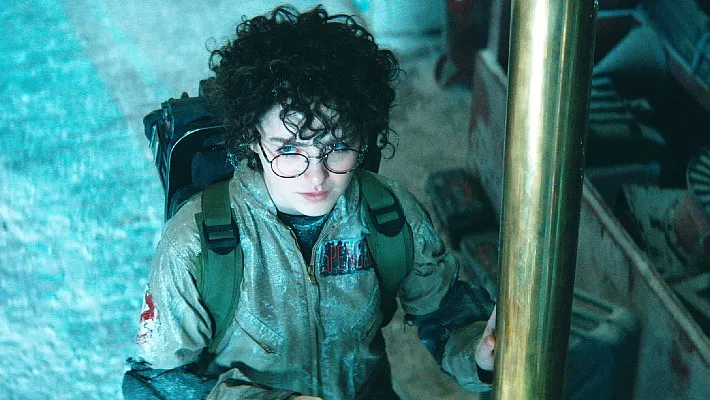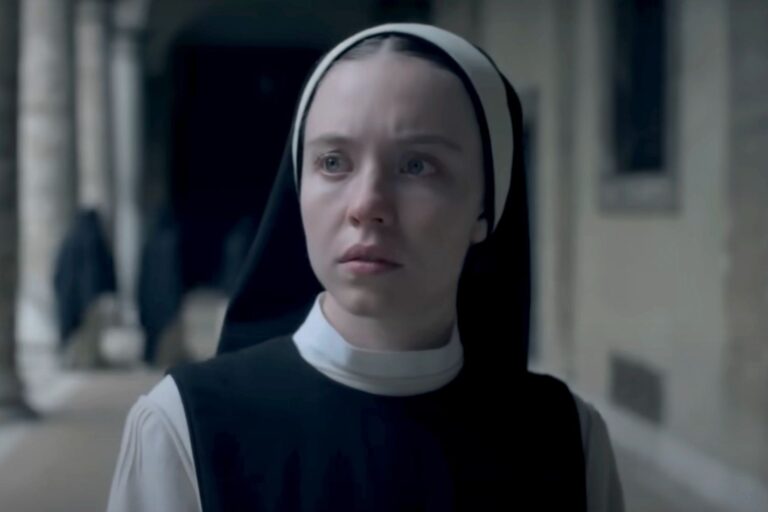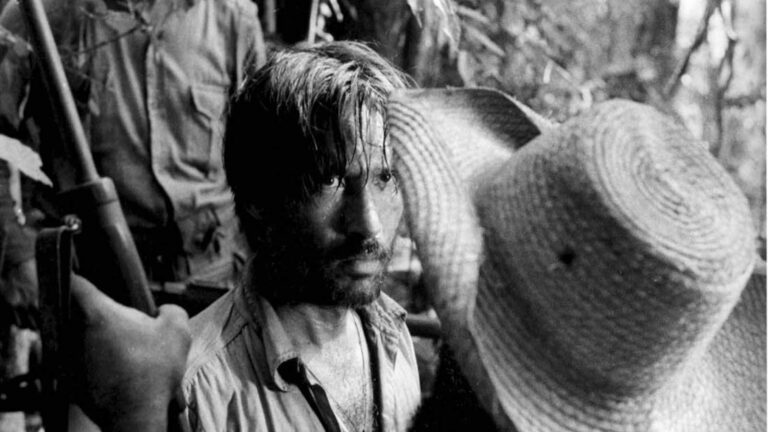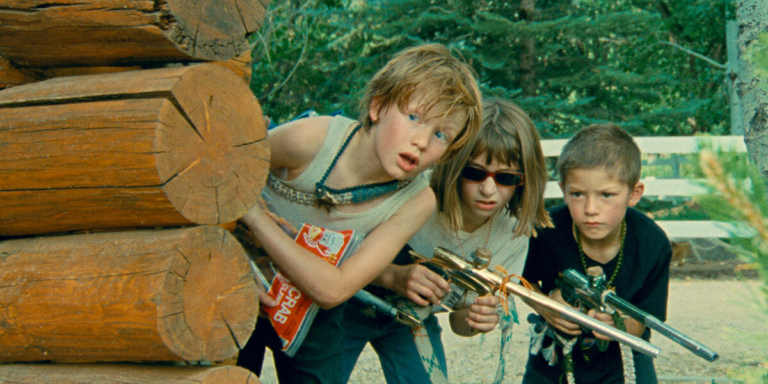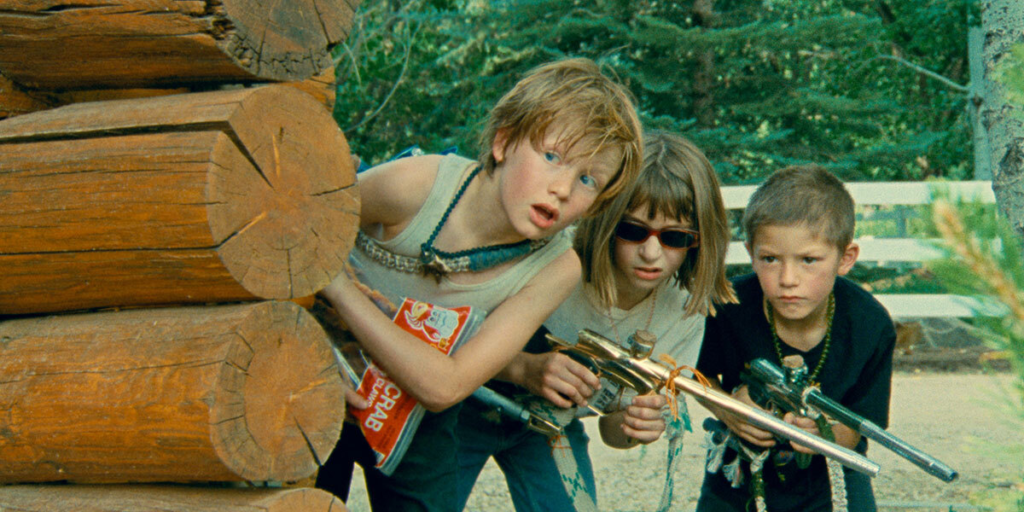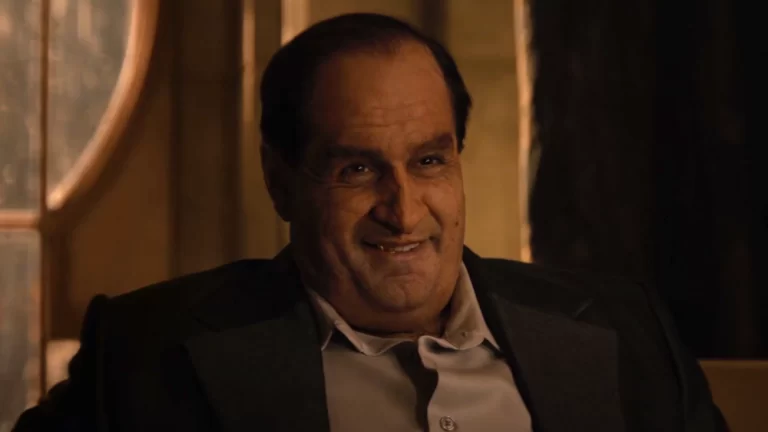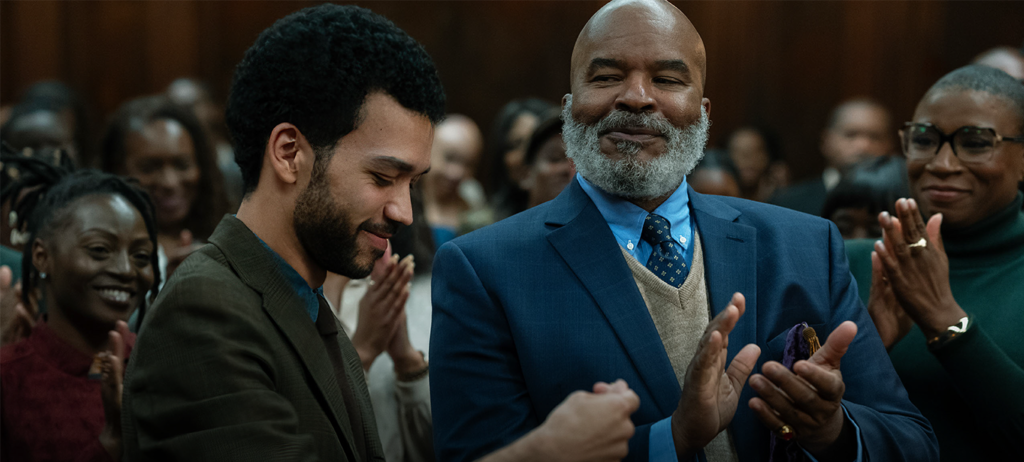“The Rewatchables”, one of the many movie-centric podcasts from The Ringer, runs through over a dozen often-hilarious categories in its weekly panel discussions of “rewatchable” movies from years past. While I greatly appreciate classics like “The Dion Waiters Award for Best Heat Check Performance” and “Just One Oscar, Who Gets It?”; there’s a special place in my heart for the question in which host Bill Simmons asks whether that week’s film could have a sequel or prequel, or could be remade as a limited series or with an all-Black cast. I’ve been performing a one-man version of this segment in my mind ever since I was a child, not with movies, per se, but books. (“The Re-readables”, anyone?) I spend a lot of my reading time — probably too much time — illustrating a novel’s events in my mind with actors in literary characters’ shoes, and asking myself one question: Could this be a film?
Oftentimes, this exercise is simple, for many of the books I tend to read have strong narratives that could easily be projected onto the big screen. Works like Christopher Beha’s “The Index of Self-Destructive Acts”, Robert Dugoni’s “The Extraordinary Life of Sam Hell”, and Jean Hanff Korelitz’s “The Plot” come to mind with fond memories of my mind wandering to the audition room. In a more meta experience, if you will, I felt like I was watching a movie while devouring Gabrielle Zevin’s “Tomorrow, and Tomorrow, and Tomorrow” last year. Fittingly, the latter three have all been optioned for screen adaptations.
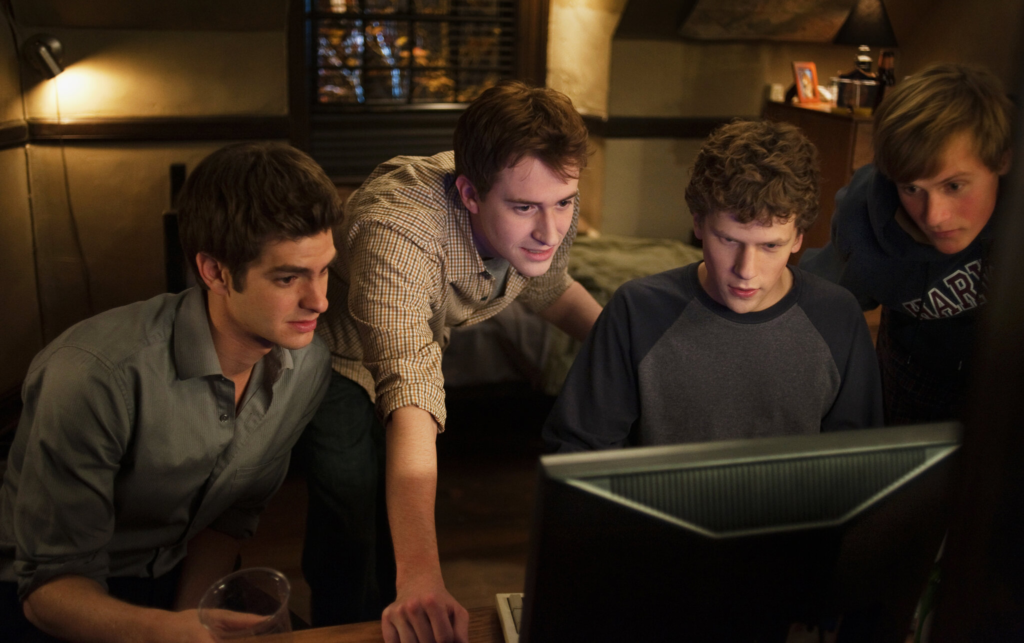
Something that I find even more enriching, though, is reading a novel/source text that has already been adapted into a film or series, sometimes in the aftermath of watching the adaptation itself. Many readers will likely deem this behavior sociopathic — how dare I read the book after seeing the film? And in some cases, I agree: Franchise offerings like the Harry Potter series and Denis Villeneuve’s Dune films are better received with an appreciation or familiarity for the original texts. But when it comes to one-off works — like Aaron Sorkin’s script for The Social Network, adapted from Ben Mezrich’s book, “The Accidental Billionaires,” or Christopher Nolan’s Oppenheimer, which was based on Kai Bird and Martin J. Sherwin’s Pulitzer-winning biography, “American Prometheus: The Triumph and Tragedy of J. Robert Oppenheimer” — I find that an interest in the source text comes after seeing the film.
There’s an element of fascination for me as to how certain films were conceived from the original material. What Nolan created from “American Prometheus” is no small feat; the same can be said for Greta Gerwig’s Little Women, Paul Thomas Anderson’s There Will Be Blood, and Andrew Haigh’s All of Us Strangers, a few of my favorite scripts that don’t shy away from their source material, but reimagine elements of the original texts so as to make them more cinematic, or more personal to the filmmaker themselves. These are but a fraction of the many screenplays that have drawn me to the craft of screenwriting over the years in the form of a passionate student, eager to learn. They are also great examples as to why the Academy Award I seem to most obsess over every year isn’t Best Picture, Director, Actress, et al: It’s Adapted Screenplay.
The path to a nomination for Best Adapted Screenplay at the Oscars used to be a bit more cut-and-dry: Adapt a novel, a non-fiction text, a short story, or a stage production. This was as much as spelled out in the category’s original name: Academy Award for Best Screenplay Based On Material From Another Medium. And though that’s still the most direct way to go about things, it has notably become “easier”, if you will, for scripts based on already-existent IP to pave their way to consideration.

Now, this has been the case from the start — works based on a story and characters set forth in a previously-released original film have always been eligible since 1929. The Academy technically first nominated (and subsequently awarded) a screenplay based on a character in 1942, when Mrs. Miniver took home the honor. The film’s titular character was originally conceived by Jan Struther, who featured Mrs. Miniver as a character in a series of columns for The Times before George Froeschel, James Hilton, Claudine West, and Arthur Wimperis co-wrote the script for Mrs. Miniver. But those columns were compiled in a book that served as the true source material for the film. Let’s call it a gray area.
If we don’t count Mrs. Miniver, the first time a screenplay of this nature appeared at the Oscars was in 2005, when Before Sunset snagged a nomination. The film, written by Julie Delpy, Ethan Hawke, and Richard Linklater based on a story by Kim Krizan & Linklater, is the sequel to the 1995 film Before Sunrise, making Sunset’s source material the characters from Krizan and Linklater’s previous work. Since then, nominations of this ilk have become more common. Some notable titles include:
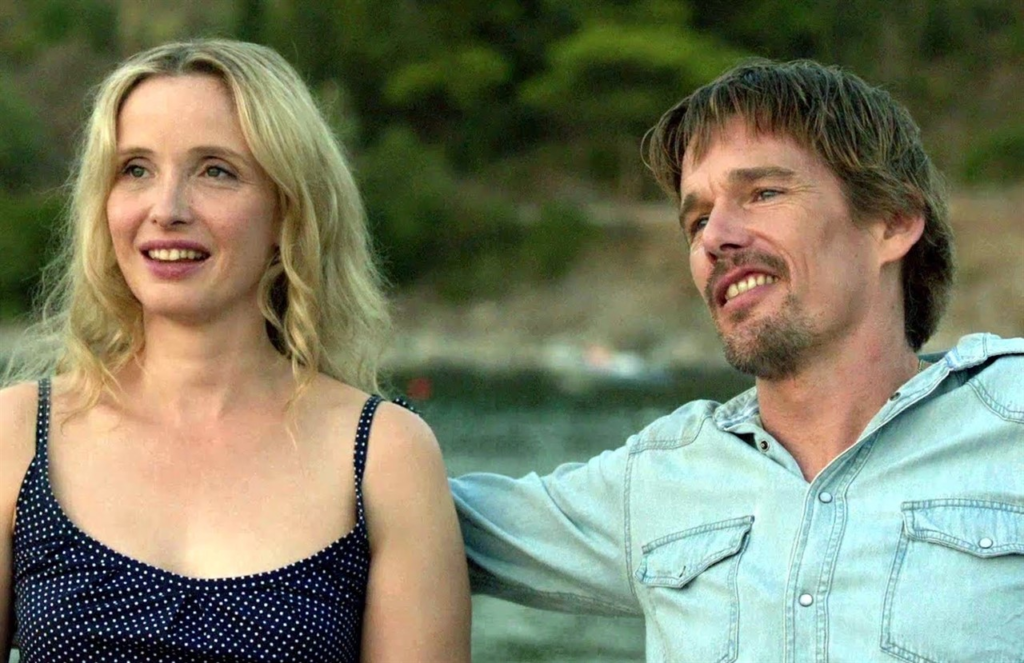
- 2006: Borat: Cultural Learnings of America for Make Benefit Glorious Nation of Kazakhstan, based on the character Borat Sagdiyev from the television series Da Ali G Show by Sasha Baron Cohen
- 2009: In the Loop, based on the character Malcolm Tucker from the television series The Thick of It by Armando Iannucci
- 2010: Toy Story 3, based on characters from the film Toy Story by Pete Docter, John Lasseter, Joe Ranft, and Andrew Stanton
- 2013: Before Midnight, same deal as Before Sunset
- 2017: Logan, based on the character Wolverine from the comic books by John Romita, Sr. and Len Wein
- 2019: Joker, based on the character from the comic books by Bill Finger, Bob Kane, and Jerry Robinson
- 2020: Borat Subsequent Moviefilm, same deal as Borat: Cultural Learnings of America for Make Benefit Glorious Nation of Kazakhstan
- 2022: Glass Onion: A Knives Out Mystery, based on the character Benoit Blanc from the film Knives Out by Rian Johnson
- 2022: Top Gun: Maverick, based on characters from the film Top Gun by Jim Cash and Jack Epps Jr.
And then, of course, there’s 2023’s Barbie, written by Greta Gerwig and Noah Baumbach, and based on characters created by Ruth Handler, the inventor of the Barbie and co-founder of Mattel. Despite the film originally campaigning as an original screenplay, the executive committee of the Academy’s Writers Branch later deemed that Gerwig and Baumbach’s work was an adapted screenplay, given that it was based on existing characters. Barbie entered a category with year-long odds-on favorites for nominations like Oppenheimer and eventual winner, Cord Jefferson’s American Fiction; it even beat Martin Scorsese and Eric Roth’s Killers of the Flower Moon for a spot in the category’s final five, an accomplishment of its own.

No matter your feelings about Barbie’s situation at last month’s Oscars, the evolution we can clearly see unfolding in this category makes for an interesting discussion about adaptation becoming less linear as time goes on. Filmmakers are finding increasingly clever ways to reframe existing stories in service of their narrative goals, and one could argue that the moviegoing experience is better for it. (There’s little doubt that the Greta Gerwig vision that became Barbie would hardly have been as compelling were it a biopic about Ruth Handler.) The majority of nominated screenplays will still likely be page-to-screen, but who’s to say something like Barbie can’t be done in the future by another gifted filmmaker? Maybe just not with Mattel’s intimate involvement…
Much like the goals I set on Wednesday for my monthly International Feature column, I hope to use this space to highlight new adapted works that may (or may not, but should) contend for an Adapted Screenplay nomination at next year’s Oscars. I’ve already seen a few 2024 films that warrant consideration — Denis Villeneueve and Jon Spaihts’ Dune: Part Two, Richard Linklater and Glen Powell’s Hit Man, and Sam H. Freeman and Ng Choon Ping’s Femme are all standouts — and each just makes me that much more excited to see what else stands a chance at awards. I’m equally eager to see what deserves our attention. Happy watching — and reading — until then.



